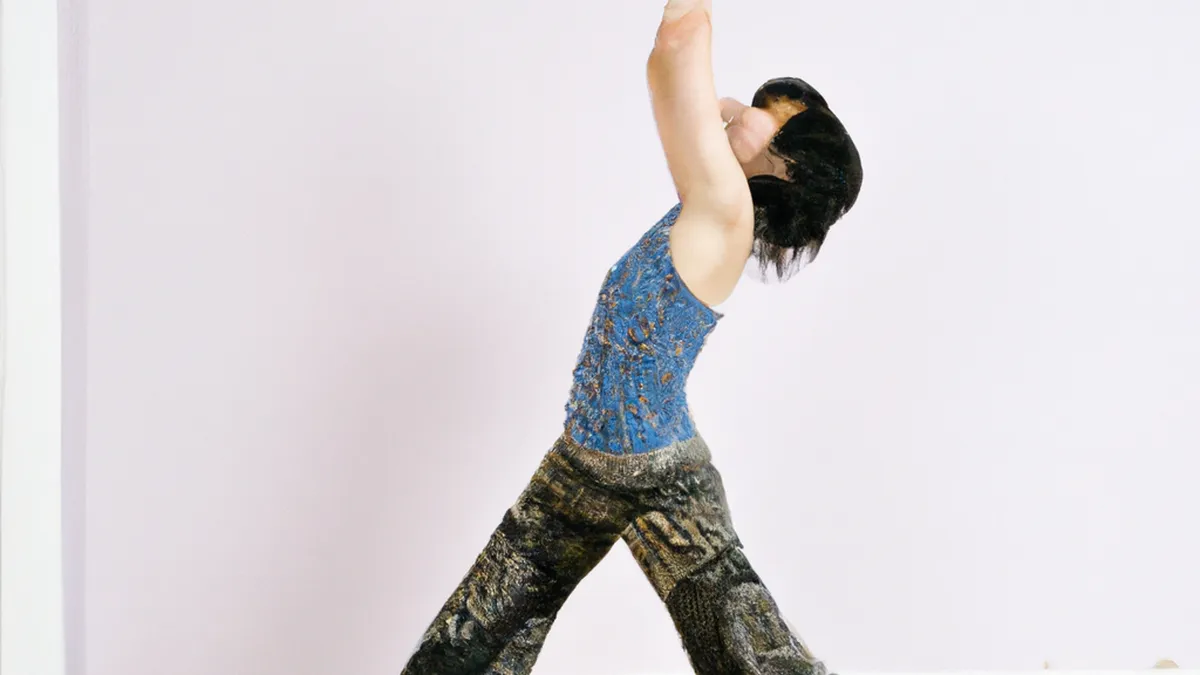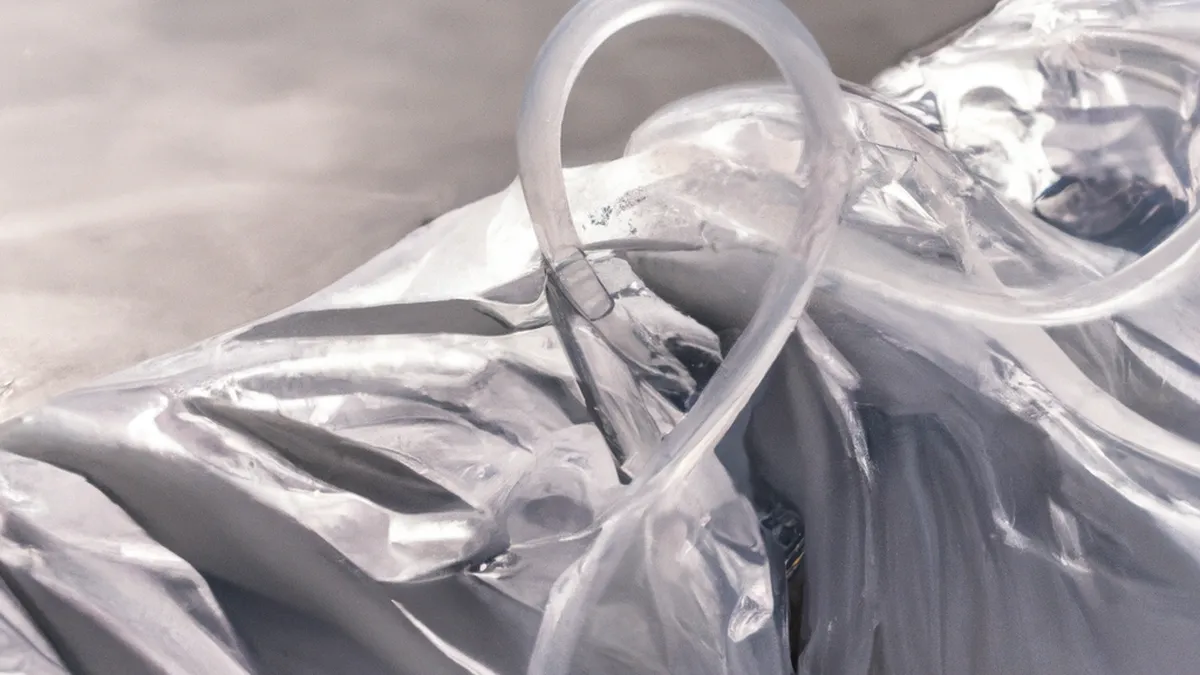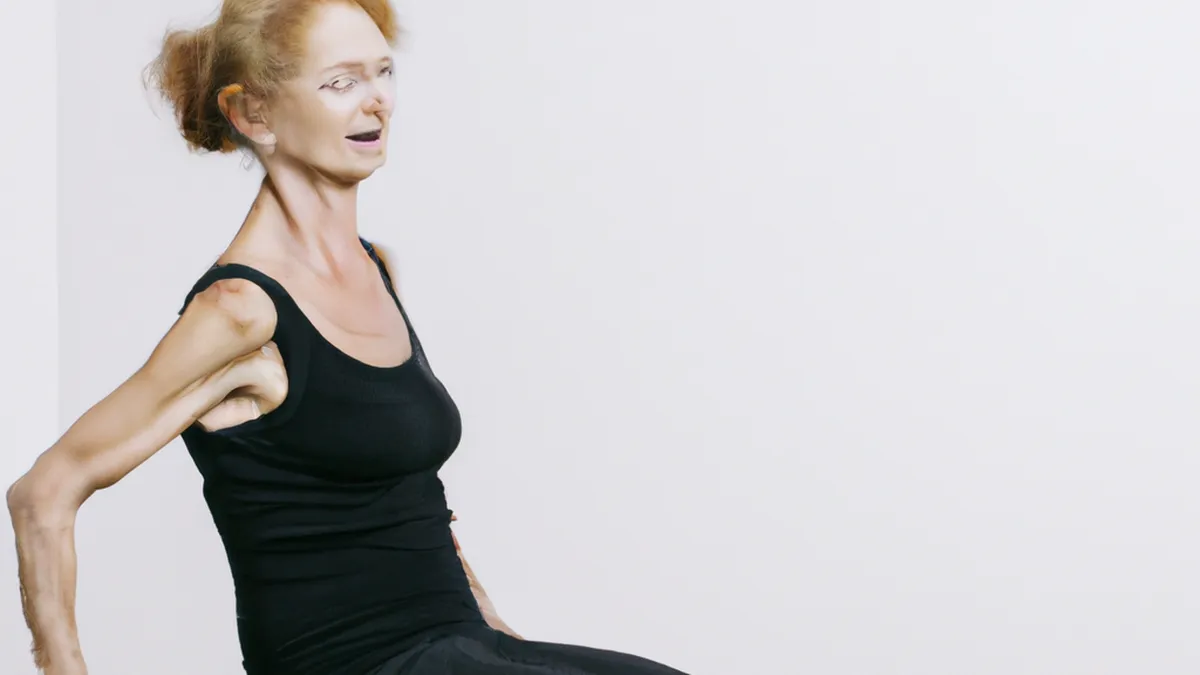Performance Peaks: Understanding Your Cycle
Understanding Your Hormonal Cycle and TrainingWomen’s hormonal cycles significantly impact training performance, energy levels, and well-being. Understanding these fluctuations helps women optimize workouts, enhance recovery, and achieve better results. Align your training with hormonal phases to harness your body’s natural rhythms.
The Phases of the Hormonal Cycle
The menstrual cycle lasts 21 to 35 days and includes four main phases: menstrual, follicular, ovulatory, and luteal. Each phase features distinct hormonal changes that affect your body and mind.
Menstrual Phase (Days 1-7)
The menstrual phase starts on the first day of your period and lasts 3 to 7 days. Estrogen and progesterone levels drop, leading to menstruation. Many women experience fatigue, cramps, and mood swings. These changes can make high-intensity workouts daunting.**Exercise Recommendations**: Some women prefer rest during this phase, but light exercise can alleviate discomfort. Engage in gentle activities like walking, stretching, or restorative yoga to promote circulation and reduce cramps. Listen to your body and choose comfortable exercises.
Follicular Phase (Days 8-14)
The follicular phase begins after menstruation. Rising estrogen levels increase energy and improve mood. As your body prepares to release an egg, you may feel more motivated for challenging workouts.**Exercise Recommendations**: Ramp up your training intensity during this phase. Incorporate strength training or high-intensity interval training (HIIT) into your routine. Your body responds well to workouts now, enabling muscle building and endurance enhancement. Enjoy the energy boost and challenge yourself!
Ovulatory Phase (Days 15-17)
The ovulatory phase follows the follicular phase and lasts 3 to 5 days. Estrogen peaks, leading to a surge in energy and well-being for some women. This period often favors physical activity.**Exercise Recommendations**: Use your heightened energy levels for high-intensity workouts or competitive sports. Consider running, cycling, or group fitness classes. Your body primes for performance, making it an excellent time to set new fitness goals.
Luteal Phase (Days 18-28)
The luteal phase begins after ovulation and lasts 10 to 14 days. Rising progesterone levels may cause premenstrual symptoms (PMS) like bloating, mood swings, and fatigue. Some women struggle to maintain workout intensity during this phase.**Exercise Recommendations**: Focus on lighter workouts during this phase. Opt for moderate exercises like walking, swimming, or yoga. These activities can help manage PMS symptoms while keeping you active.
Conclusion
As an Amazon Associate I earn from qualifying purchases.
Gear tip: consider compression sleeves, compression socks, and percussive massager to support this topic.
Understanding your hormonal cycle allows you to tailor your training effectively. Align workouts with hormonal phases for better performance and a more enjoyable fitness journey.
Below are related products based on this post:
FAQ
How does the menstrual phase affect training?
The menstrual phase lasts from the first day of your period for 3 to 7 days, during which estrogen and progesterone levels drop. Many women experience fatigue, cramps, and mood swings, making high-intensity workouts more challenging. Light exercise, such as walking or restorative yoga, can help alleviate discomfort and promote circulation.
What should I focus on during the follicular phase?
The follicular phase begins after menstruation and is marked by rising estrogen levels, which boost energy and mood. This is an ideal time to ramp up training intensity, incorporating strength training or high-intensity interval training (HIIT). Your body responds well to these workouts, allowing for muscle building and increased endurance.
What are the recommendations for the luteal phase?
The luteal phase follows ovulation and may bring premenstrual symptoms like bloating and mood swings due to rising progesterone levels. It’s advisable to focus on lighter workouts during this time, such as walking, swimming, or yoga. These moderate activities can help manage PMS symptoms while keeping you active.















Post Comment